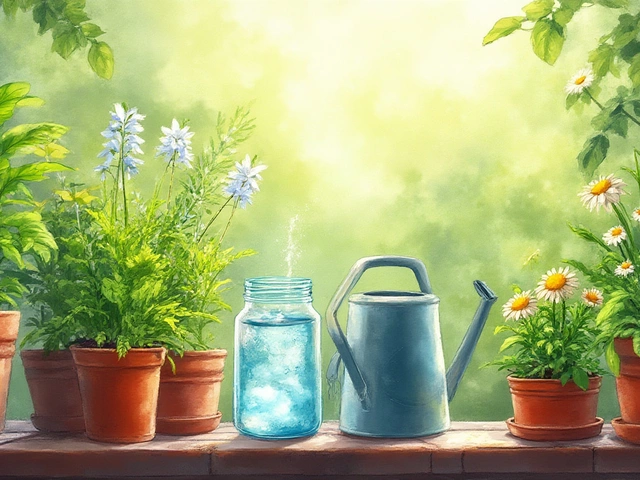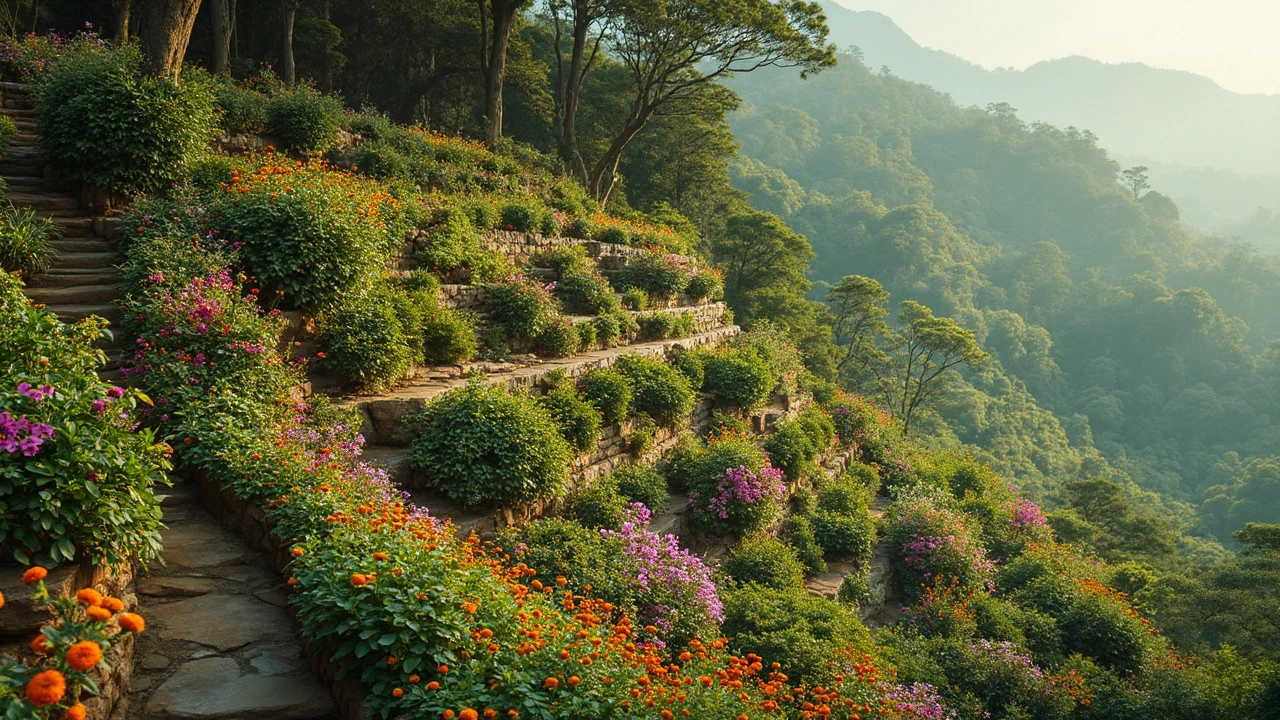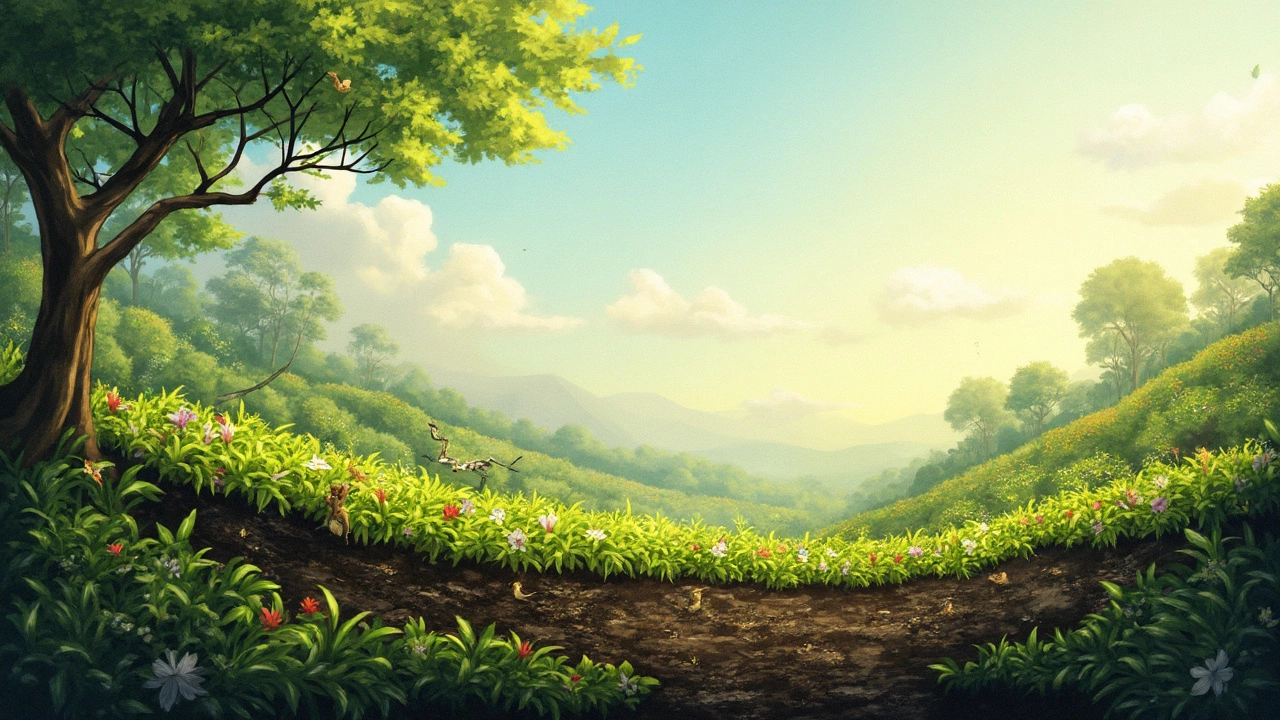Erosion Control: Easy Steps for a Healthier Garden
Ever watched rain splash soil down the slope of your garden and wondered why the ground keeps disappearing? That’s erosion, and it can hurt your plants, waste water, and make your yard look messy. The good news? You don’t need expensive equipment to fix it. A few smart habits can keep soil where it belongs.
Why Erosion Happens in Your Garden
India’s monsoon rains bring a lot of water fast. When water runs over bare soil, it picks up tiny particles and carries them away. Slopes, compacted ground, and missing plant cover make this problem worse. Over time you’ll see gullies, exposed roots, and less fertile soil.
Simple Steps to Control Erosion
1. Use drip irrigation. Unlike sprinklers that spray water everywhere, drip lines deliver water right to the root zone. This reduces runoff and keeps soil surface dry, which means less erosion. Bury the lines a few inches deep for best results.
2. Mulch generously. A layer of straw, wood chips, or shredded leaves protects the soil from the impact of raindrops. Mulch also keeps moisture in and helps soil stay loose. Aim for 2‑3 inches of mulch around each plant.
3. Plant cover crops. Fast‑growing grasses, legumes, or ground‑cover herbs hold the soil together with their roots. Even if you’re not growing food, a strip of clover or mustard can act as a living blanket.
4. Build terraces or small retaining walls. On steeper slopes, a series of shallow steps slows water flow and gives it a place to soak in. You can make terraces with bricks, stones, or even large concrete pavers.
5. Improve soil structure. Heavy, compacted soil is prone to erosion. Mix in compost, sand, or well‑rotten manure to make the ground fluffier. A lighter soil lets water seep in instead of sliding off the surface.
6. Add organic matter wisely. Compost not only feeds plants but also binds soil particles. If you have coffee grounds, add them to compost instead of sprinkling them directly—some plants dislike the acidity.
7. Keep drainage clear. Check gutters, downspouts, and garden paths for blockages. A clogged drain sends water over the surface, accelerating erosion.
8. Re‑plant after a loss. If a severe rain washes away a plant, re‑plant it quickly with a taller neighbor or a wind‑break to protect the spot.
Combining these methods works best. Drip irrigation reduces water splash, mulch shields the surface, and cover crops hold it together. Add a little terrace here, a bit of compost there, and your garden becomes a stable, thriving space.
So next time the clouds gather, remember you have the tools to keep your soil in place. Small changes today mean a richer, greener garden tomorrow.
How to Safely Stabilize Sloped Soil for Terrace Gardening
Stabilizing soil on a slope is crucial for successful terrace gardening. This article offers practical tips and insights into methods like using terraces, retaining walls, and plant roots to prevent erosion. Discover handy techniques to transform a sloped garden into a lush, sustainable landscape. Learn about plants that naturally anchor the soil and simple DIY solutions to enhance your gardening space. Ensure safety and sustainability while creating a thriving garden on an incline.
Best Ground Cover for Hillside Erosion Control
Hillsides can be tricky to manage, especially when it comes to erosion. Ground covers offer a natural solution by stabilizing the soil and providing an aesthetic appeal. This article explores top ground cover options for hillsides, highlighting their benefits and planting tips to ensure effective erosion control.
About
Terrace Gardening
Latest Posts
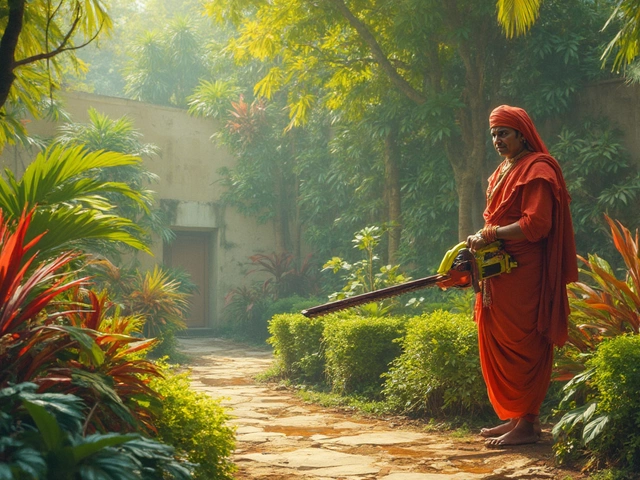
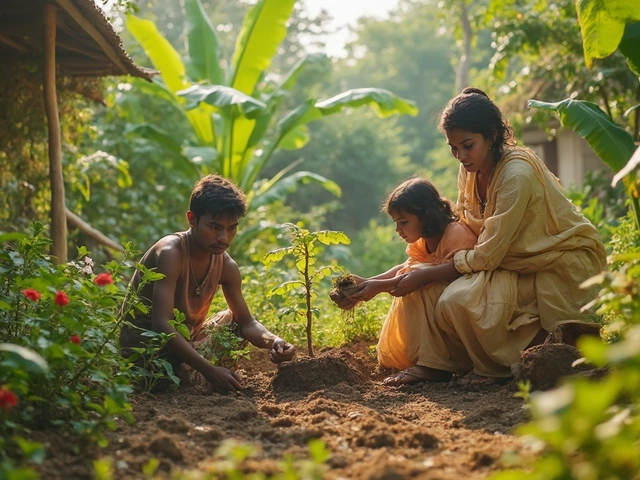
Ecosystem Garden: How to Build a Self-Sustaining Backyard Habitat
By Alden Thorne Apr 20, 2025
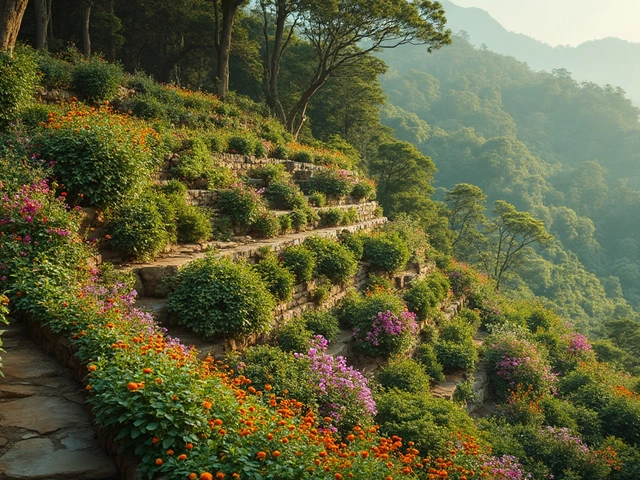
How to Safely Stabilize Sloped Soil for Terrace Gardening
By Alden Thorne Mar 9, 2025

Zero-Waste Fruits: Edible Fruits with No Waste and How to Use Every Part
By Alden Thorne Aug 5, 2025
